PPT-“Classic” Examples of Greedy Algorithms
Author : ella | Published Date : 2022-06-18
Minimum spanning tree MST Single source shortest path SSSP eg Dijkstras algorithm We will explore the main properties with focus on theoretical foundations MST Graph
Presentation Embed Code
Download Presentation
Download Presentation The PPT/PDF document "“Classic” Examples of Greedy Algorit..." is the property of its rightful owner. Permission is granted to download and print the materials on this website for personal, non-commercial use only, and to display it on your personal computer provided you do not modify the materials and that you retain all copyright notices contained in the materials. By downloading content from our website, you accept the terms of this agreement.
“Classic” Examples of Greedy Algorithms: Transcript
Download Rules Of Document
"“Classic” Examples of Greedy Algorithms"The content belongs to its owner. You may download and print it for personal use, without modification, and keep all copyright notices. By downloading, you agree to these terms.
Related Documents

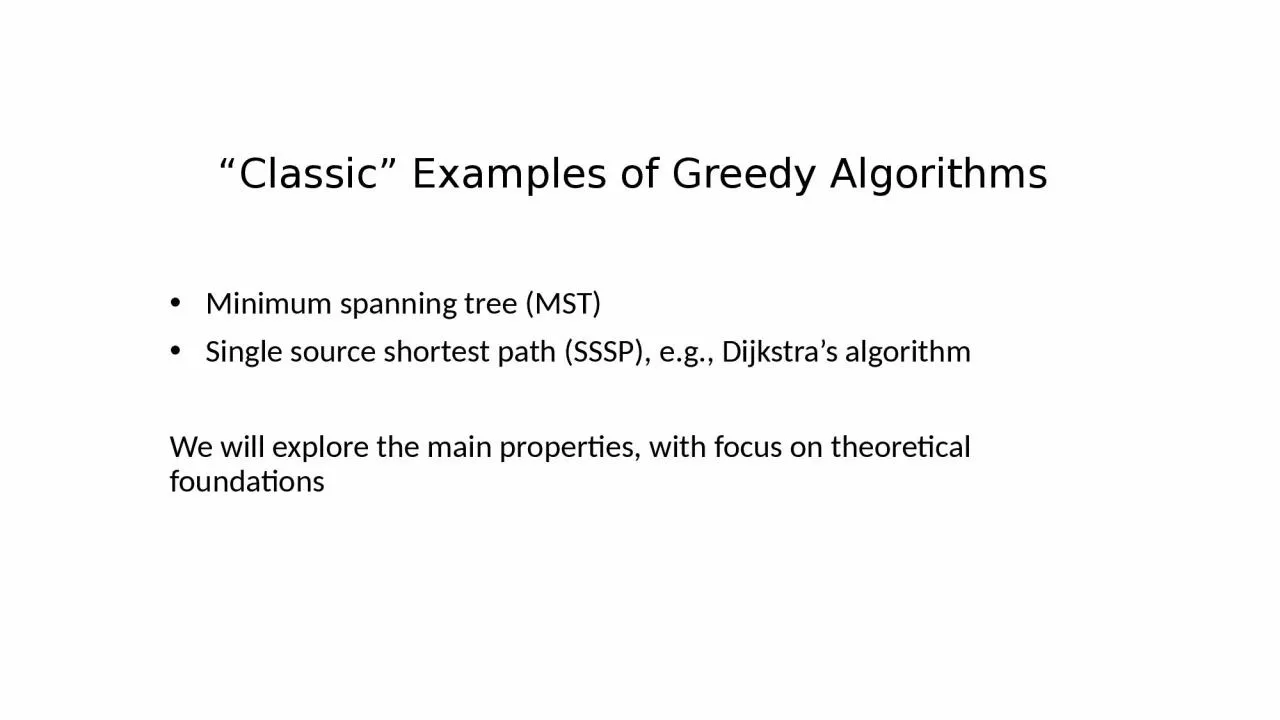


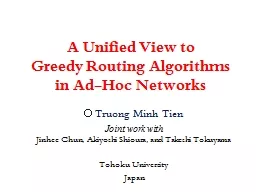





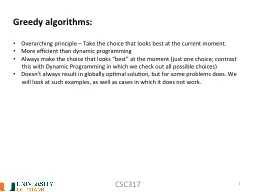

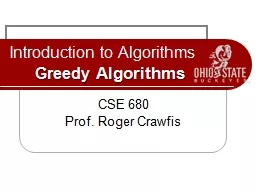
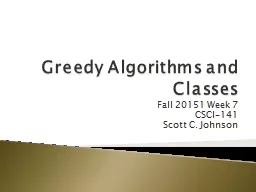
![[eBOOK]-Easy Learning Data Structures Algorithms ES6+Javascript: Classic data structures](https://thumbs.docslides.com/975195/ebook-easy-learning-data-structures-algorithms-es6-javascript-classic-data-structures-and-algorithms-in-es6-javascript-easy-learning-javascript-and-design-and-data-structures-and-algorithms-book-3.jpg)